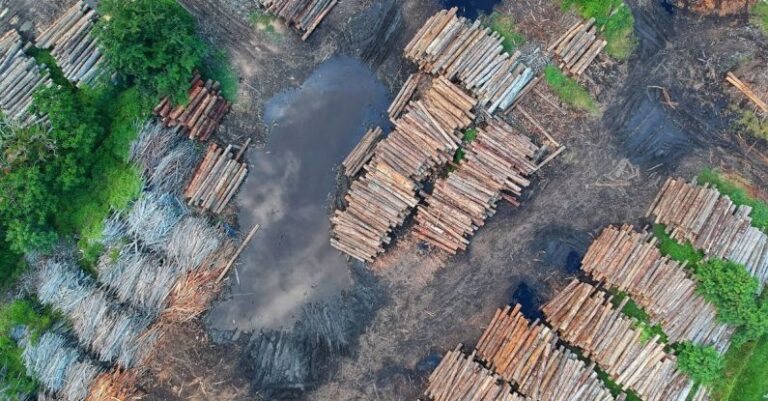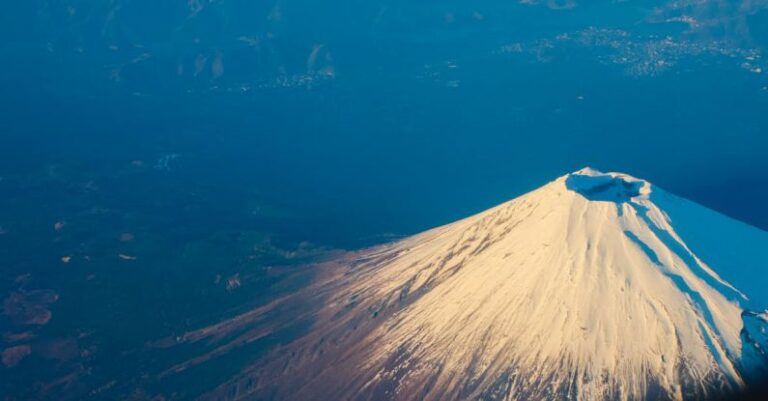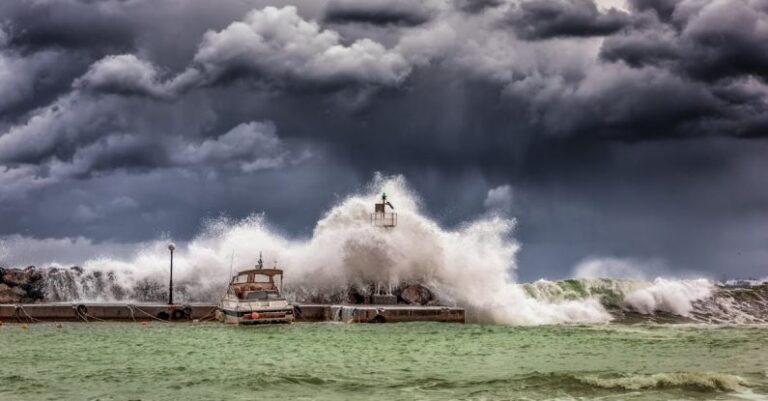
Glaciers have a significant impact on sea levels around the world. These massive bodies of ice play a crucial role in regulating the Earth’s climate and contributing to the rise and fall of sea levels. Understanding how glaciers affect sea levels is essential in comprehending the complex dynamics of our planet’s environment.
Glacial Melting and Sea Level Rise
Glaciers are large bodies of ice that form on land through the accumulation and compaction of snow over hundreds or thousands of years. As temperatures rise due to climate change, glaciers are melting at an accelerated rate. The melted water from glaciers flows into the ocean, leading to a rise in sea levels. This process, known as glacial melting, is a significant contributor to the overall increase in global sea levels.
The melting of glaciers is a key driver of sea level rise, particularly in regions such as the Arctic, Antarctic, and high mountain ranges. As glaciers retreat and lose mass, they release vast quantities of water into the ocean, causing sea levels to rise over time. This phenomenon has far-reaching consequences for coastal communities, ecosystems, and weather patterns worldwide.
Glacial Dynamics and Iceberg Calving
In addition to melting, glaciers also affect sea levels through a process known as iceberg calving. Iceberg calving occurs when chunks of ice break off from the edge of a glacier and float into the ocean as icebergs. These icebergs can significantly contribute to sea level rise when they melt in warmer waters.
Glaciers that terminate in the ocean, such as tidewater glaciers, are particularly prone to iceberg calving. As these glaciers advance and retreat, they release icebergs into the surrounding waters, adding to the overall volume of water in the ocean. While iceberg calving is a natural process, the increasing rate of calving due to climate change is causing greater impacts on sea levels.
Glacial Isostatic Adjustment and Sea Level Variability
Another factor that influences sea levels in regions once covered by glaciers is glacial isostatic adjustment. When glaciers melt, the weight of the ice is removed from the land, causing the land to rebound or rise slowly over time. This process, known as glacial isostatic adjustment, can affect sea levels in areas where glaciers once exerted pressure on the land.
Regions that were previously glaciated, such as Scandinavia and North America, are still experiencing the effects of glacial isostatic adjustment today. As the land rebounds, it can cause local variations in sea levels, leading to complex patterns of sea level variability. Understanding these dynamics is crucial for accurately predicting future sea level changes in these regions.
Climate Change and Future Sea Level Projections
As global temperatures continue to rise due to climate change, the melting of glaciers is expected to accelerate, leading to further sea level rise in the coming decades. Scientists predict that sea levels could rise by several feet by the end of the century if current trends persist. This projected sea level rise has profound implications for coastal communities, infrastructure, and ecosystems worldwide.
Mitigating the impacts of sea level rise requires urgent action to reduce greenhouse gas emissions, curb global warming, and protect vulnerable coastal areas. By understanding how glaciers affect sea levels and the mechanisms driving sea level rise, we can better prepare for the challenges posed by a changing climate. Adapting to these changes will be essential for safeguarding our planet and ensuring a sustainable future for generations to come.





